Best Camera Settings for Bird Photography
Imagine that you’re on a beautiful beach and you see an unusual bird fly towards you. The sun is low in the sky and golden light washes over delicately patterned wings. You raise your camera, unsure of what settings to use. When you get back home, you realize the shots are blurry and overexposed – and worse, the pictures have just enough detail to identify the bird as a Far Eastern Curlew, a species you’ve been trying to photograph for years. How can you avoid this disaster?
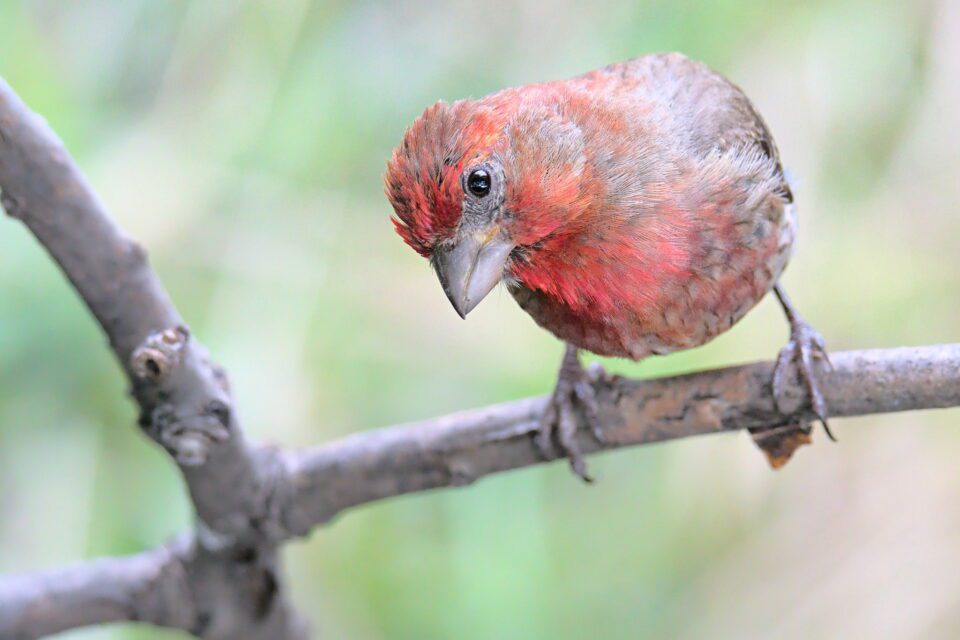 House Finch, Nikon D500 + Tamron 150-600 G2 @ 400mm, ISO 3600, 1/250, f/7.1
House Finch, Nikon D500 + Tamron 150-600 G2 @ 400mm, ISO 3600, 1/250, f/7.1
In bird photography, there are some commonly used camera settings that are a great starting point for almost any situation. No matter how rushed you are, you should be able to capture good, sharp images of birds. Below, I’ll introduce these settings and when to use them.
Imagine that you’re on a beautiful beach and you see an unusual bird fly towards you. The sun is low in the sky and golden light washes over delicately patterned wings. You raise your camera, unsure of what settings to use. When you get back home, you realize the shots are blurry and overexposed – and worse, the pictures have just enough detail to identify the bird as a Far Eastern Curlew, a species you’ve been trying to photograph for years. How can you avoid this disaster?
 House Finch, Nikon D500 + Tamron 150-600 G2 @ 400mm, ISO 3600, 1/250, f/7.1
House Finch, Nikon D500 + Tamron 150-600 G2 @ 400mm, ISO 3600, 1/250, f/7.1In bird photography, there are some commonly used camera settings that are a great starting point for almost any situation. No matter how rushed you are, you should be able to capture good, sharp images of birds. Below, I’ll introduce these settings and when to use them.

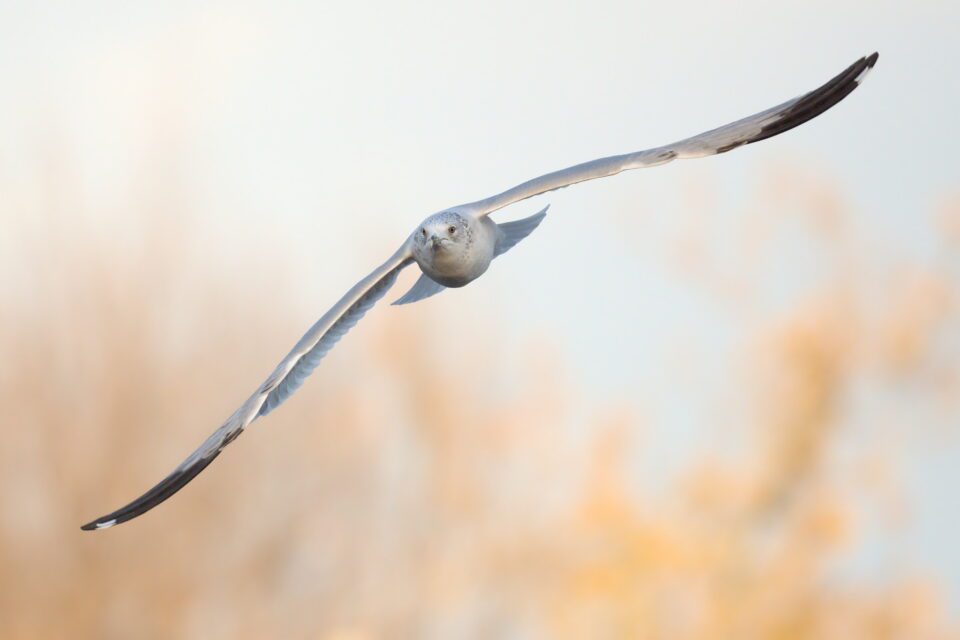
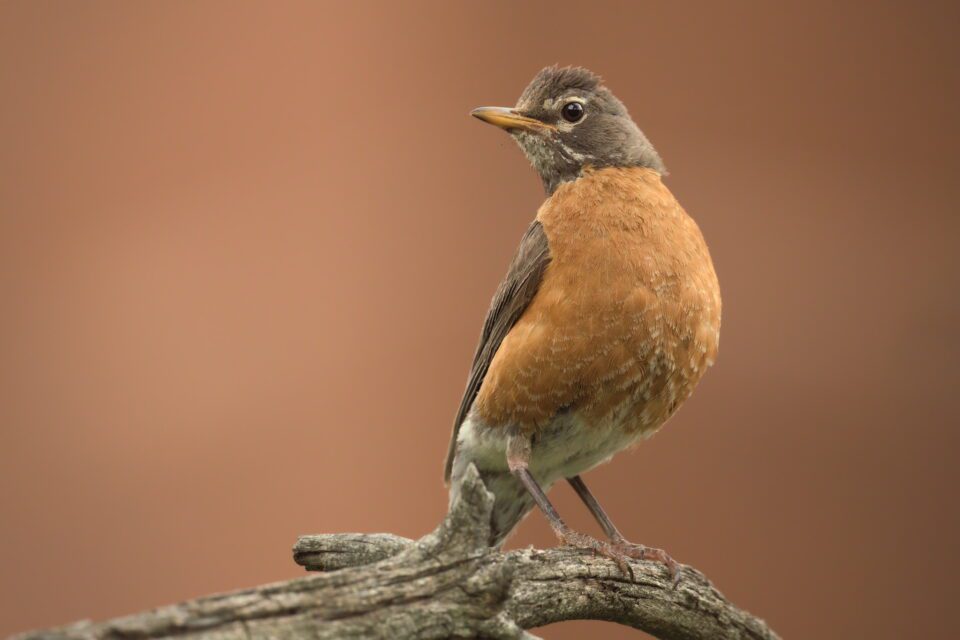
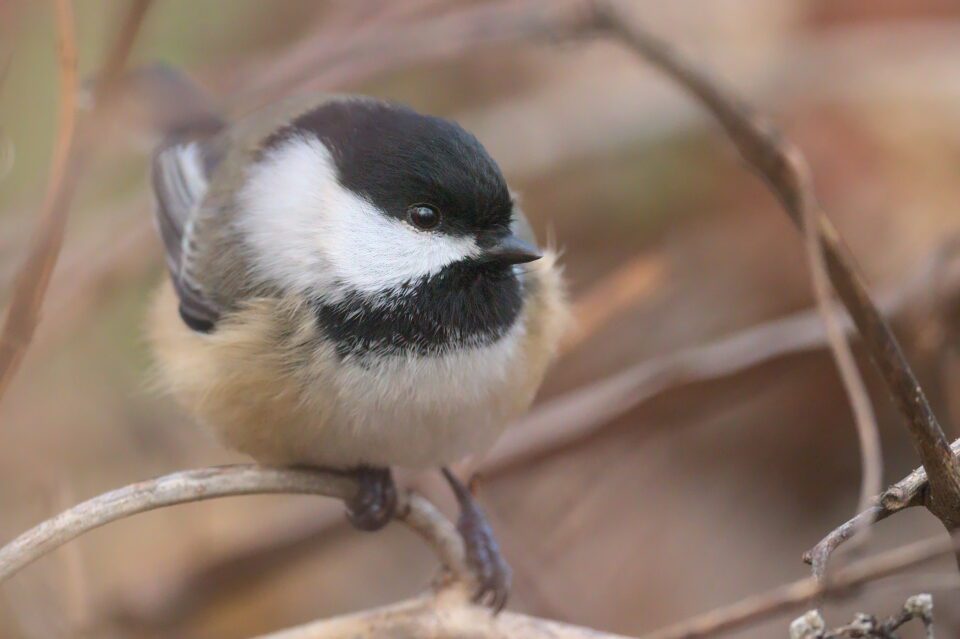
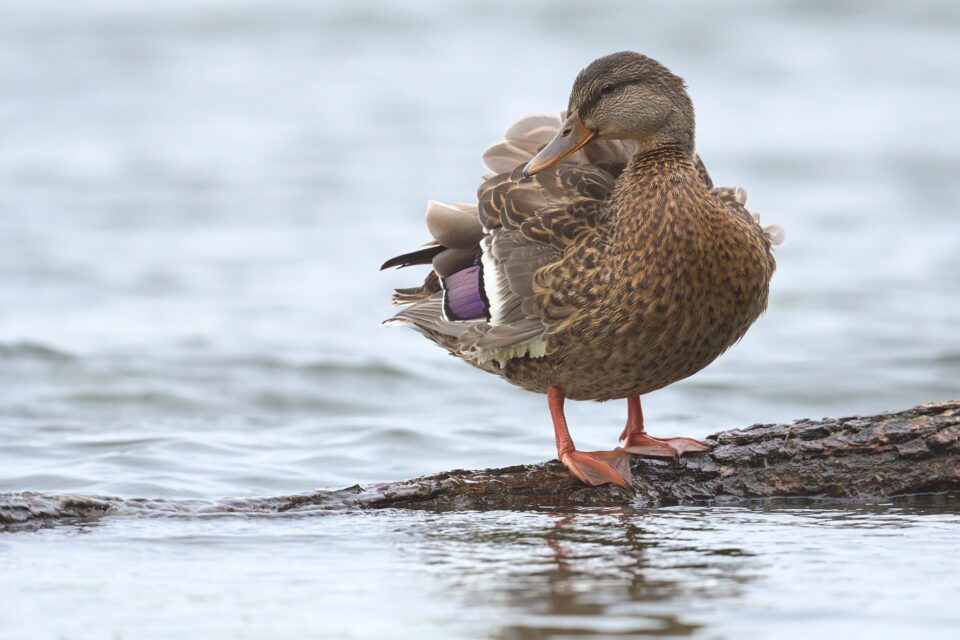
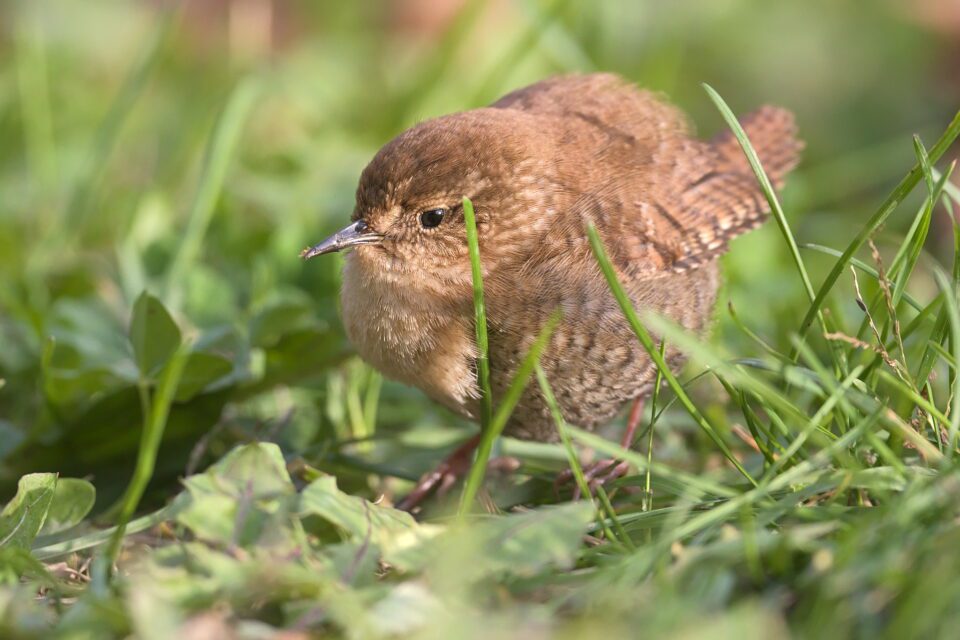
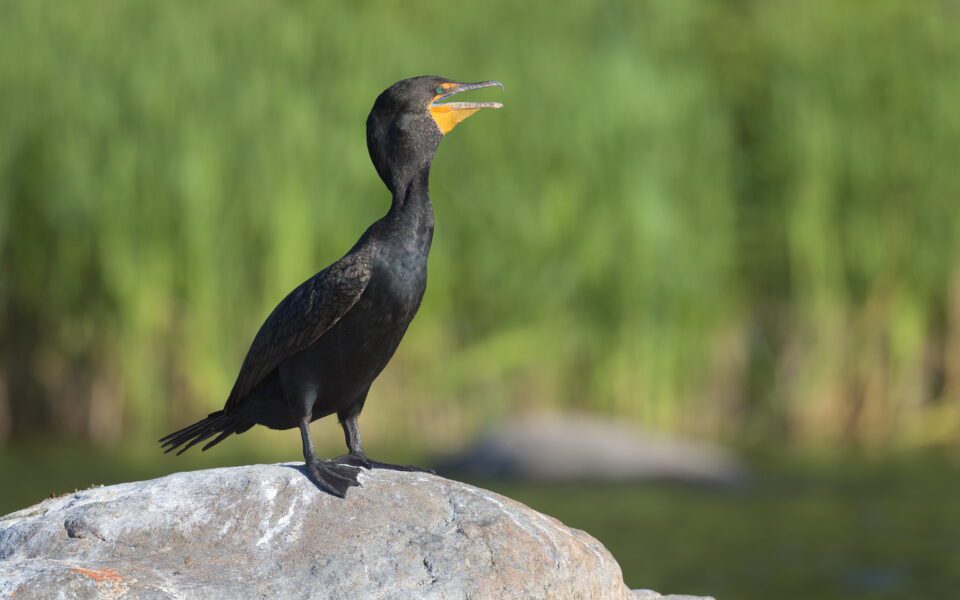
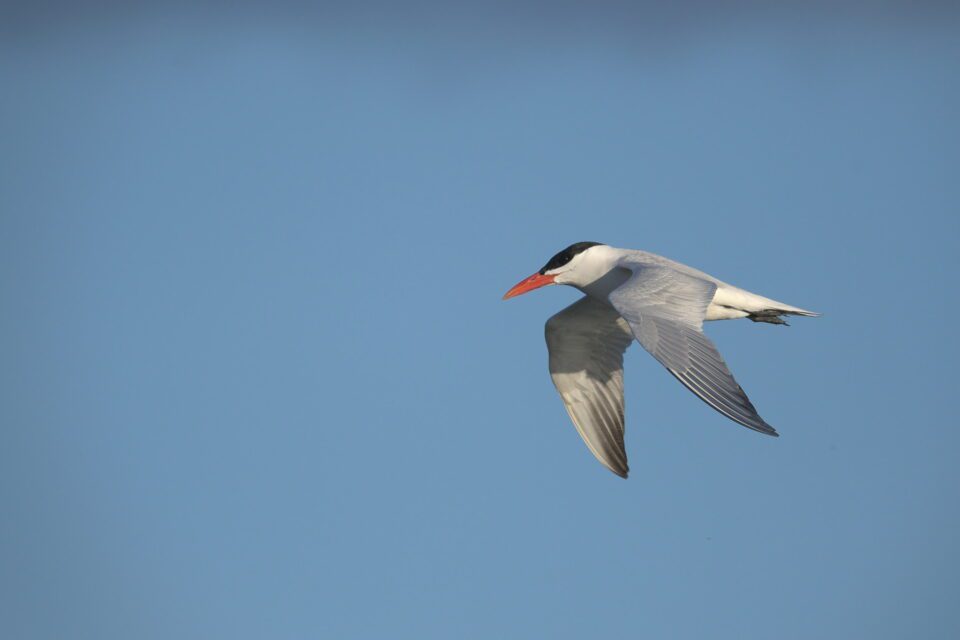
تعليق